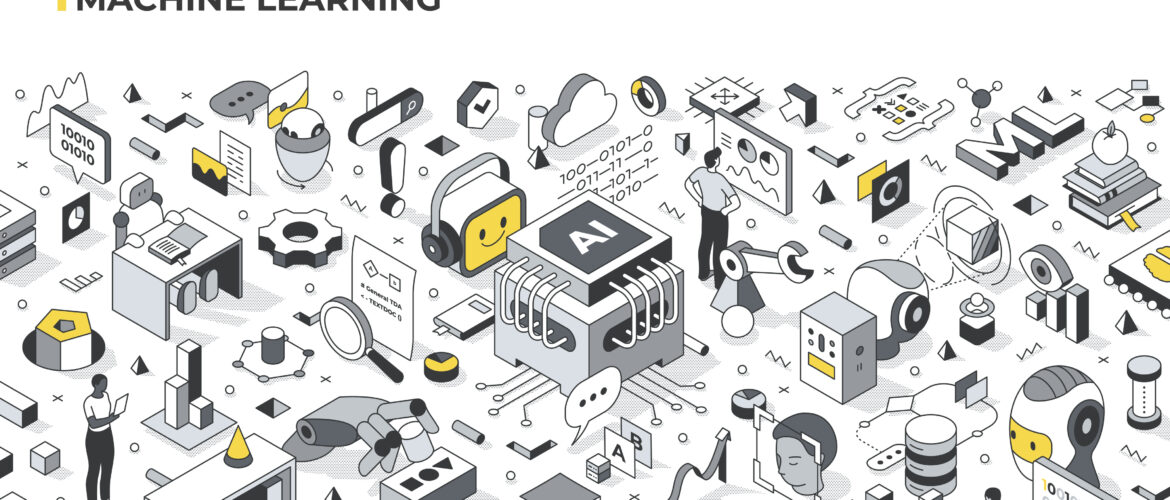Building a Transformer-based Language Model from scratch to generate text
- May 18, 2025
- Posted by: Kulbir Singh
- Category: Artificial Intelligence

A Large Language Model (LLM) is a type of deep learning model trained on massive text datasets to understand and generate human language. It belongs to the family of transformer-based architectures, which have revolutionized Natural Language Processing (NLP).
LLMs are capable of tasks like:
-
Text generation (e.g., ChatGPT)
-
Translation
-
Summarization
-
Question answering
-
Sentiment analysis
-
Code generation
Model Components Overview – Text Generation
-
Tokenizer
-
Purpose: Converts input text into a sequence of tokens (numbers representing words, subwords, or characters).
-
Types:
-
Word-level
-
Subword-level (e.g., Byte-Pair Encoding, SentencePiece)
-
Character-level
-
-
-
Embedding Layer + positional encodings
Purpose: Transforms tokens into dense vector representations.
-
These vectors capture semantic information and are input to the model.
-
Think of embeddings as high-dimensional meaning encoders.
-
Transformers do not have recurrence or convolution, so they use positional encodings to inject sequence order.
-
Adds sinusoidal or learnable position-based vectors to embeddings.
-
-
Transformer Blocks
Each transformer block typically includes:
a. Multi-Head Self-Attention
-
Allows the model to attend to different parts of a sequence simultaneously.
-
Captures dependencies regardless of distance.
b. Layer Normalization
-
Stabilizes and accelerates training by normalizing inputs to layers.
c. Feedforward Neural Network (FFN)
-
A fully connected network applied to each token independently after attention.
d. Residual Connections
-
Shortcut connections that help mitigate vanishing gradients and improve training.
-
-
Stacking Transformer Layers
-
LLMs consist of many (e.g., 12, 24, 96+) stacked transformer layers.
-
Deeper models = more capacity to learn complex patterns.
-
